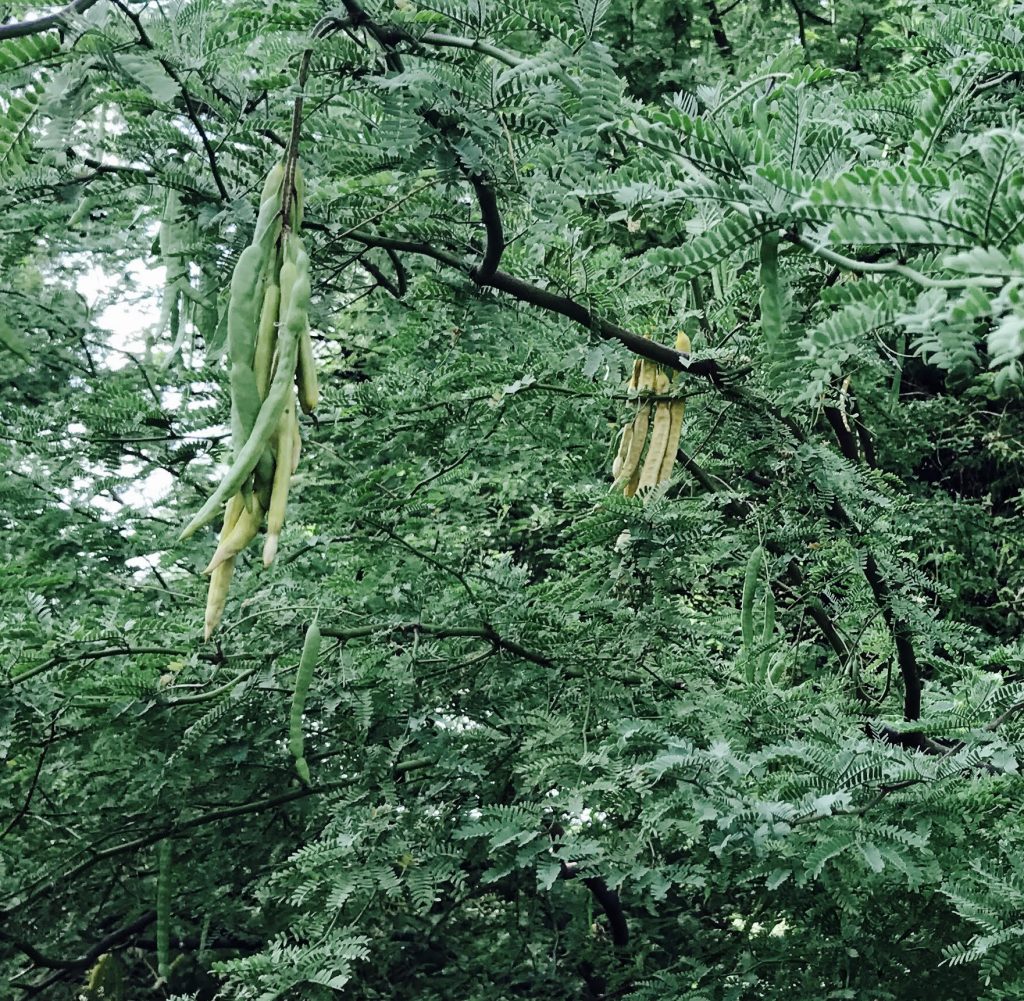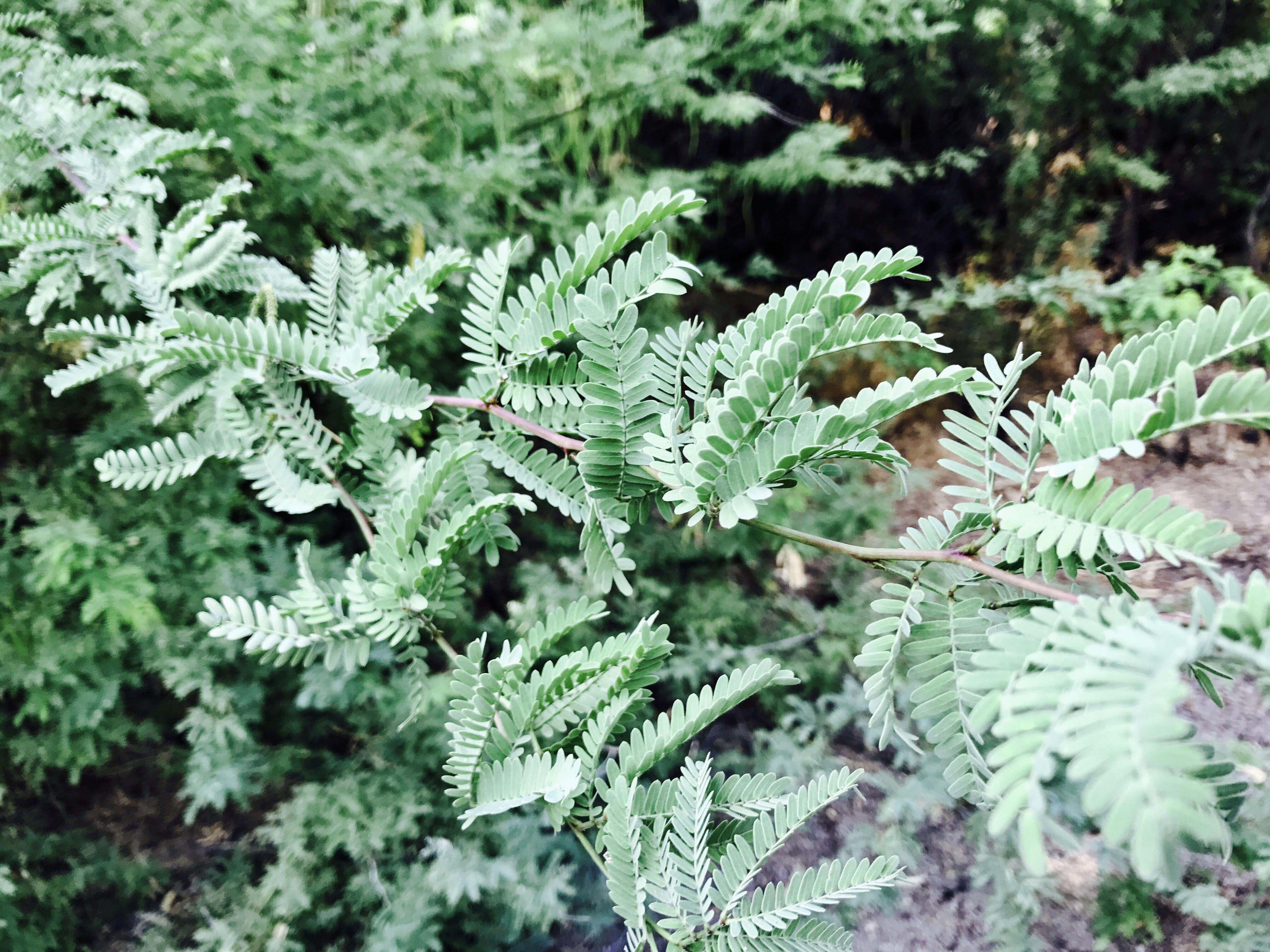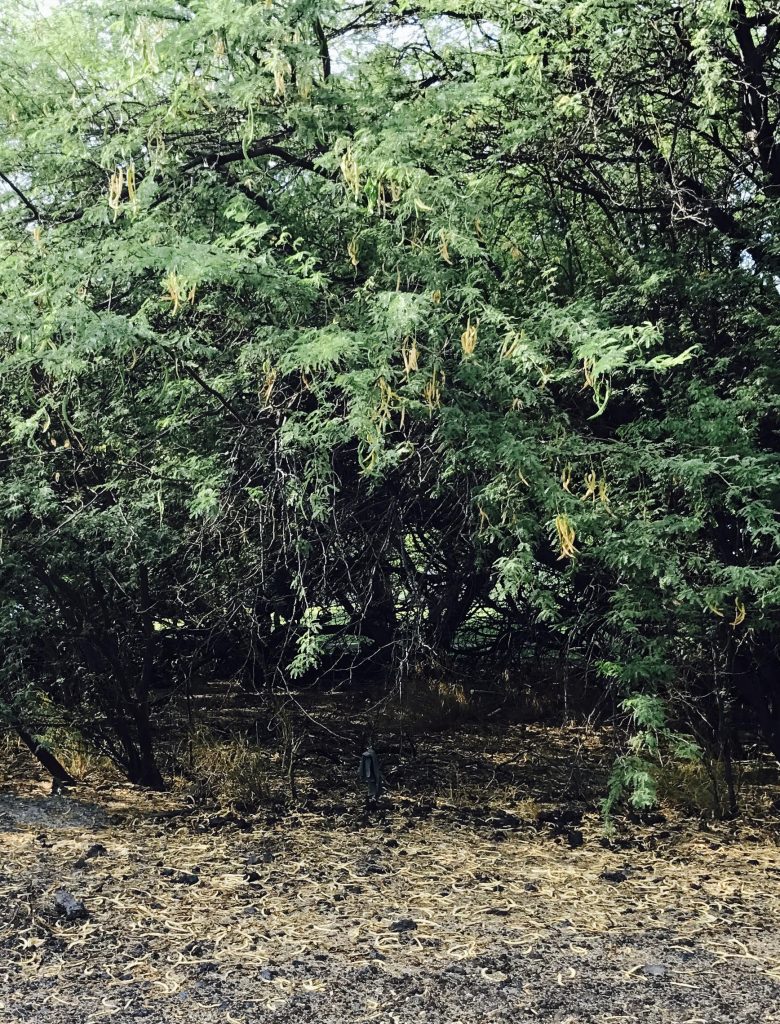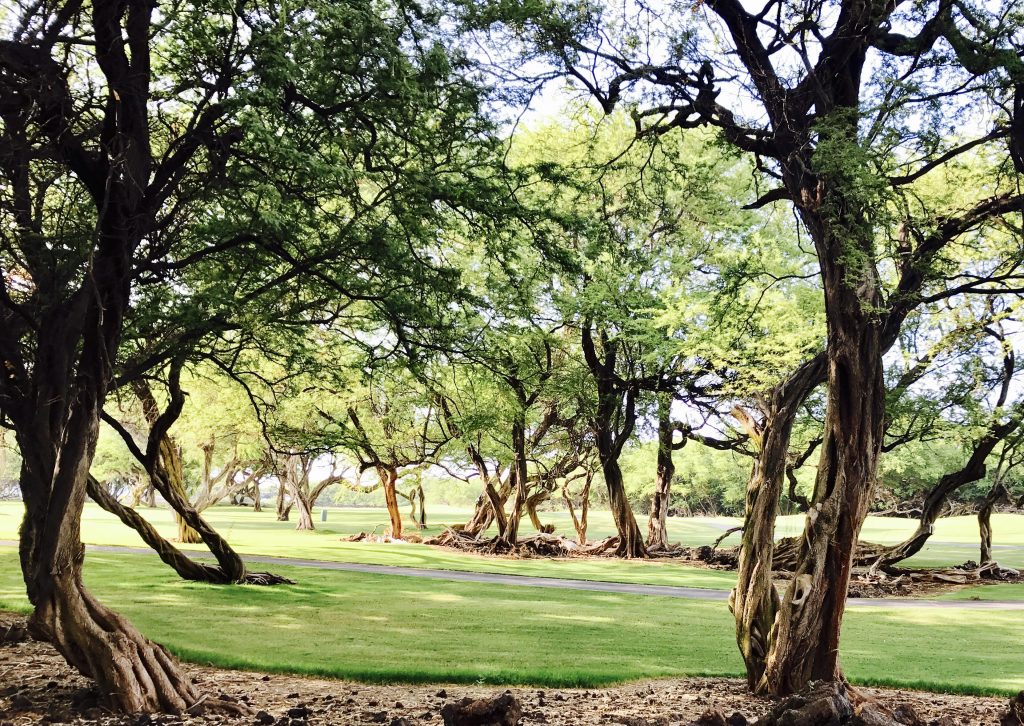Kiawe: The Tree of Life
A local favorite for fueling fires for hibachis, smoking meat or the imu, just the smell of kiawe smoke is known by many locals to create an immediate hunger for some ono food.
While it now grows in abundance on the leeward sides of all major Hawaiian Islands, its arrival can be traced back to a single seedling that was planted in 1828 in the corner of a churchyard in Honolulu.
It is a species of the mesquite tree; its scientific name is Prosopis pallida. It is a thorny legume, native to Colombia, Ecuador and Peru. Considered an invasive species in other places it grows, Kiawe is threatened in its native habitat.
Trees grow rather quickly and can live for over a millennium.
But kiawe is much more than just firewood. It is also an excellent shade tree if you don’t mind the nasty thorns that can reach over an inch in length. The thorns on fallen branches have been known to not just puncture feet, but also tires.
Kiawe trees are also widely used to help prevent soil erosion in dry areas throughout the world.
Although its trunks grow crooked and twisted, the density of the wood prevents it from decaying quickly, which is why it is also utilized frequently as fencing posts.
Known as the “tree of life” in South America, it is revered as an ancient food staple. Other than an occasional hungry keiki munching on a sweet kiawe bean pod, it wasn’t until recently that locals realized its potential as a food source.
Pods of the kiawe tree can be used as livestock fodder, turned into molasses, brewed into a tea or even used to make beer.
It is a nutritious staple food that is naturally sweet, gluten-free and diabetic-friendly.
Ground into flour, the pods provide an excellent alternative to traditional flour. Recently made available locally here in Hawai‘i, kiawe been flour has made its way into the local food scene with recipes available online.
The tiny light yellow flowers attract bees that produce sought-after, rare white honey that is creamy in texture and unique in its taste.
Next time you see a kiawe tree, know that you are looking at more than just a source for firewood.














